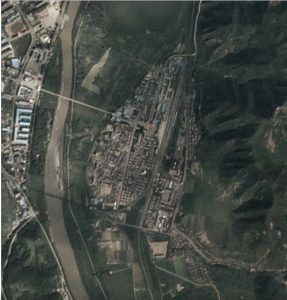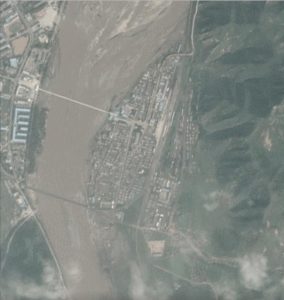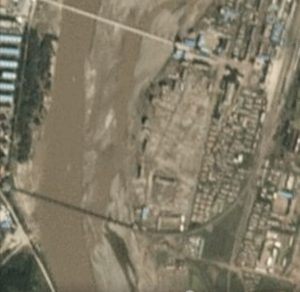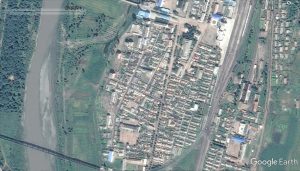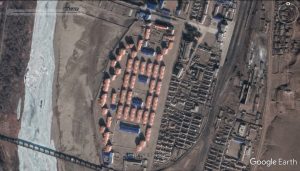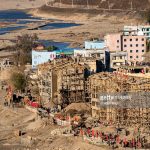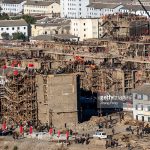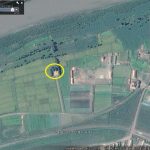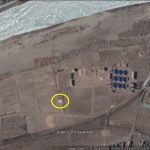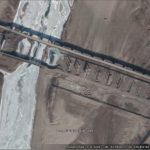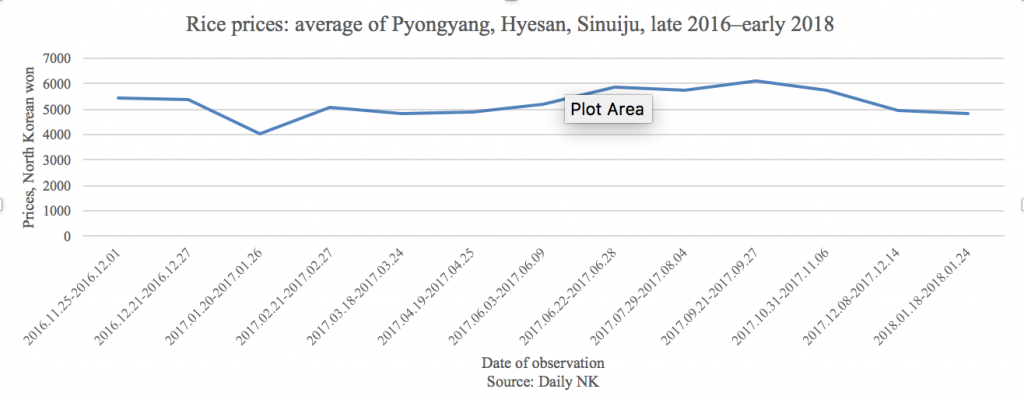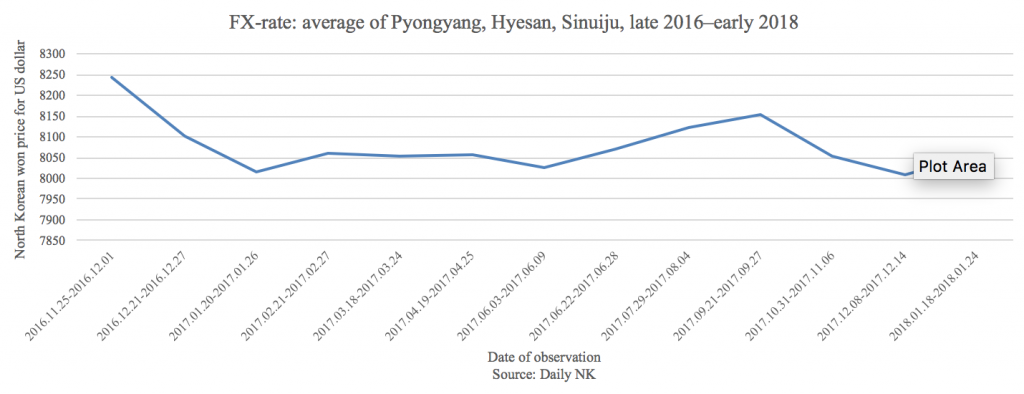By Benjamin Katzeff Silberstein
Over the past couple of weeks, there’s been several news stories that suggest and increased stream of goods – and people – across the North Korean border to China. First, there were the reports that some 400 North Korean workers, who were earlier expelled due to China’s sanctions implementation, came back to China. It shouldn’t be all that shocking if Chinese sanctions enforcement eased somewhat after Kim Jong-un’s visit to Beijing a few weeks ago. Judging from historical patterns, Chinese sanctions enforcement on North Korea may well have relaxed as international tensions around North Korea’s nuclear program are somewhat eased as well.
South Korea’s MBC seem to make the same assessment in a recent dispatch from the Sino-Korean border. On April 24th, they reported that North Korean-owned restaurants in Dandong have opened again after being closed for several months, since China began enforcing UN security council-mandated sanctions against North Korea. Shops selling North Korean goods in China have had their shelves restocked, and judging by ticket sales, the number of Chinese tourists visiting North Korea has increased.
It’s hard to tell precisely what all this means. Surely, this could all be a sign of Chinese concessions to North Korea following Kim’s meeting with Xi. More likely, the relaxation is also a concession to Chinese companies: China’s implementation of sanctions has not only hit against North Korea, but against Chinese business interests in the border regions as well. It appears that the main beneficiaries of whatever relaxation has happened are businesses near the border, such as a number of Chinese factories, and North Korean-run restaurants (usually run as joint ventures with Chinese partners). Information is, as usual, very spotty and one should be careful not to draw too many general conclusions from anecdotal evidence.
In any case, as I write for NK Pro, the signs of relaxation we’ve seen so far don’t merit any change in the assessment that North Korea is experiencing significant pressure from the sanctions. Key exports that dropped in 2017 due to China’s sanctions implementations have, as far as we can tell from publicly available information, not gone up. This may very well change in the future, and the anecdotal signs of relaxation along the border may be indicative of a broader change. But for now, the evidence doesn’t seem to be there.

